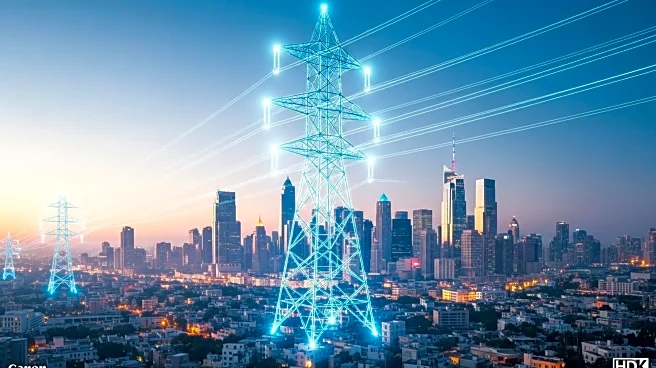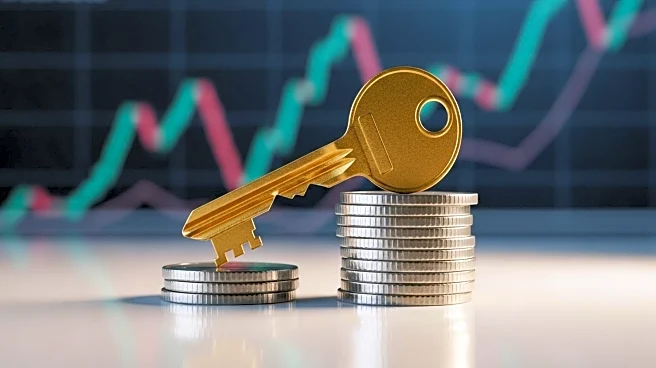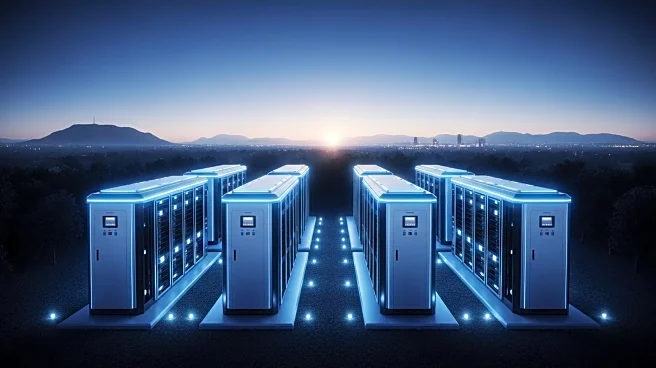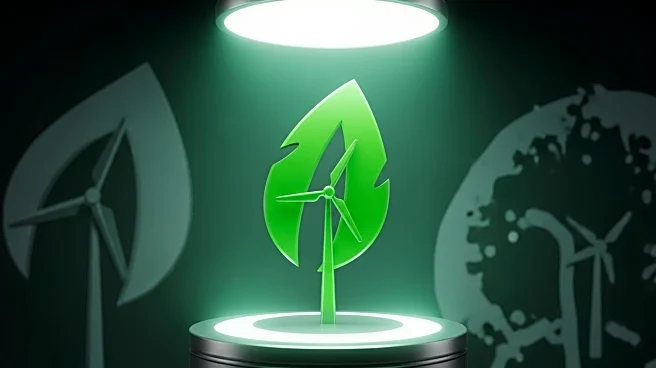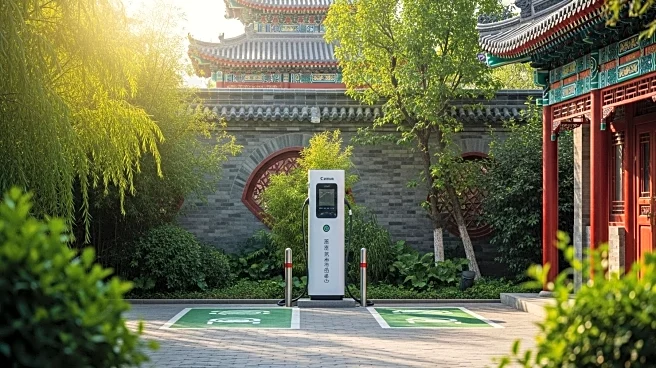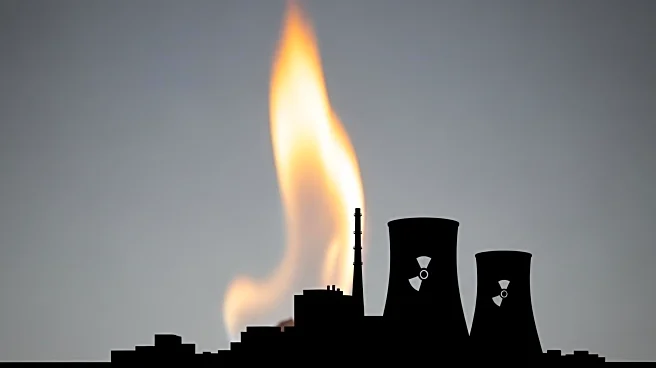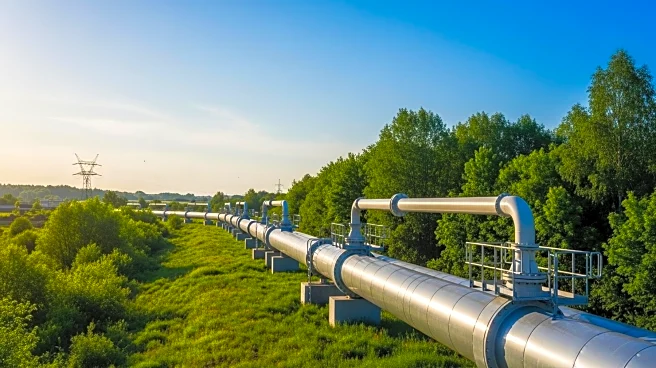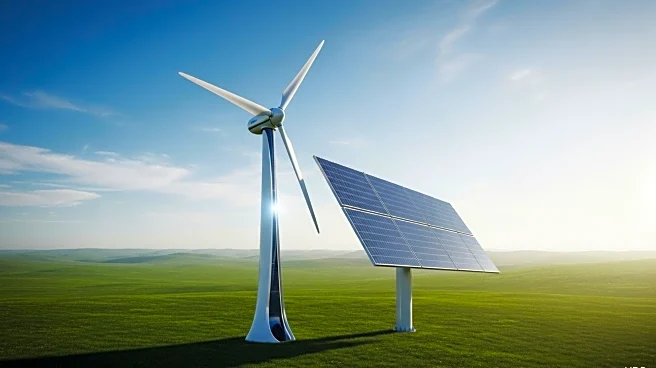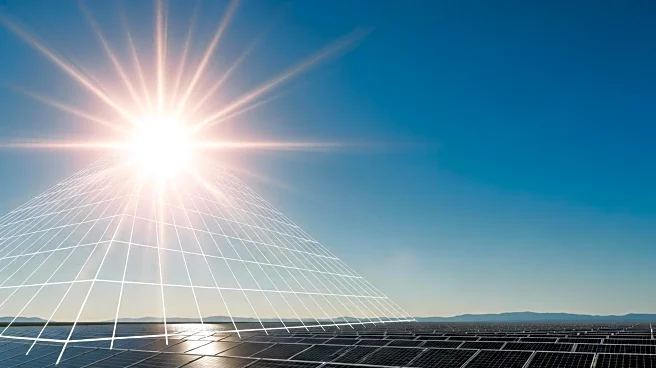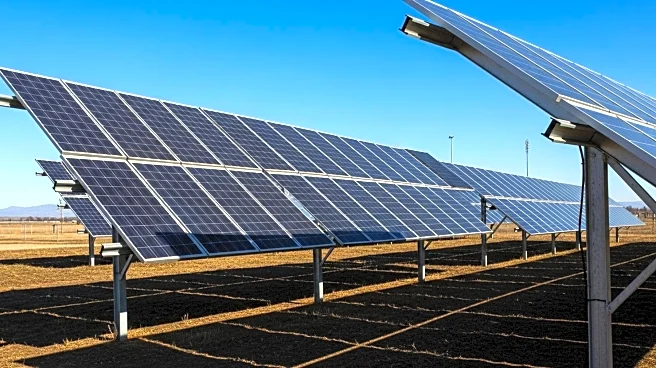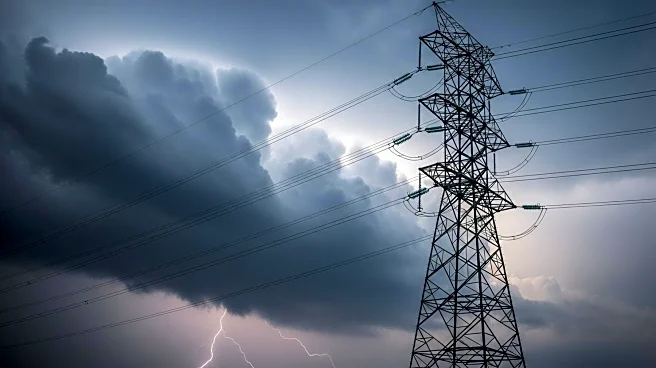What is the story about?
What's Happening?
The U.S. electric system is experiencing significant changes as electricity demand grows at the fastest rate in decades. According to Energy and Environmental Economics (E3), demand is projected to increase annually by 1.1% to 2.2% through 2035, driven by sectors such as data centers, electric vehicles, heat pumps, and manufacturing. This growth occurs despite federal rollbacks on clean energy incentives. The One Big Beautiful Bill Act and recent tariffs have reshaped costs, creating uncertainty around renewable energy projects. Solar and wind projects face increased costs due to trade policies and shortened tax credit timelines, while battery storage and natural gas generation are also affected by tariff impacts.
Why It's Important?
The rapid growth in electricity demand and policy changes have significant implications for U.S. energy markets. Developers face challenges in project viability due to fluctuating costs and incentives, potentially leading to a boom-and-bust cycle in renewable energy development. The uncertainty in federal policies could affect investment decisions, impacting the competitiveness of solar, wind, and battery storage technologies. As the demand for electricity continues to rise, the need for new generation development becomes crucial, influencing the future of energy infrastructure and market dynamics.
What's Next?
The evolving policy landscape suggests that developers must prepare for a wide range of possibilities rather than predict exact outcomes. Flexible planning and procurement strategies will be essential to navigate the uncertainties in cost and policy changes. Developers may need to consider modular development sites and flexible contract structures to adapt to changing conditions. The ongoing policy volatility indicates that stakeholders must remain vigilant and responsive to sudden market shifts, ensuring that energy investment decisions are prudent and adaptable.
Beyond the Headlines
The current situation highlights the broader challenges of balancing energy demand growth with sustainable development. The interplay between federal policies, trade restrictions, and technological advancements could reshape the U.S. energy landscape, influencing long-term strategies for achieving energy security and environmental goals. The focus on flexibility and optionality in planning and development may drive innovation in energy solutions, fostering resilience in the face of policy and market uncertainties.
AI Generated Content
Do you find this article useful?
